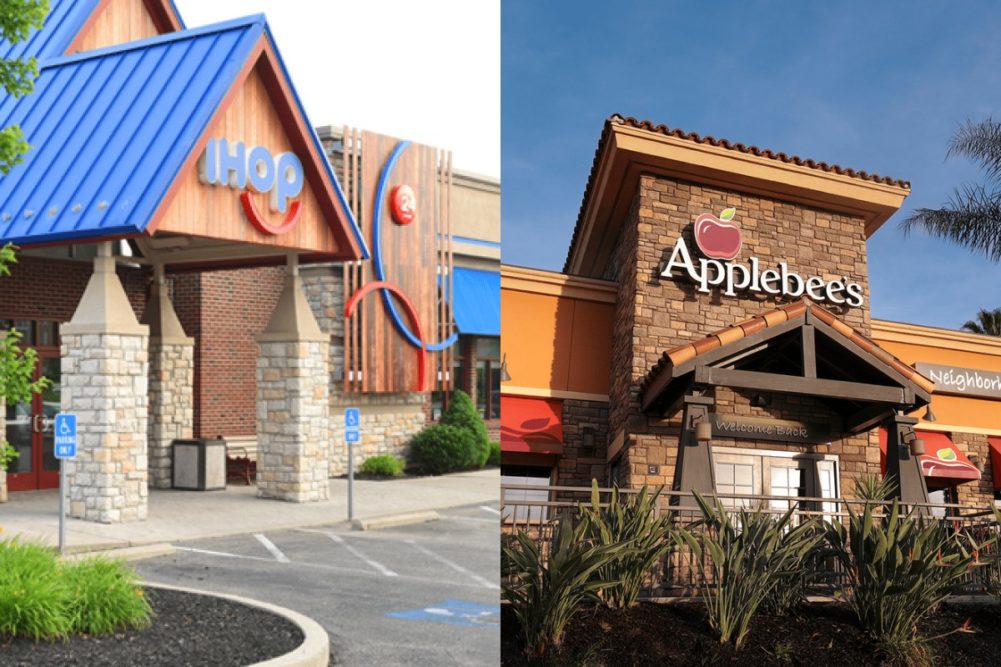GLENDALE, CALIF. — Government-imposed capacity restrictions and consumer caution limited recovery at Dine Brands Global Inc., owner of Applebee’s and IHOP, during the second quarter.
“Most geographies imposed a 25% to 50% capacity restriction,” said John C. Cywinski, president of Applebee's, during a July 29 conference call with financial analysts. “Another factor limiting our recovery is the understandably cautious nature of the American consumer in this environment.”
Dine Brands sustained a loss of $134,779 in the second quarter ended June 30, which compared with net income of $21.5 million, or $1.71 per share, in the same period a year ago. Quarterly sales fell to $16.7 million from $33.8 million the year prior.
Same-restaurant sales improved 59 percentage points for Applebee’s and 47 percentage points for IHOP compared to the previous quarter but were down 49% and 59% compared to the same period a year ago.
“While we started the quarter at a very low point with weekly comps down 77% at Applebee's and down 82% at IHOP for the week ended April 5, both brands improved dramatically with Applebee's down 18% and IHOP down 34% for the last week of the quarter,” said Stephen P. Joyce, chief executive officer of Dine Brands Global Inc.
IHOP benefited from increased lunch and dinner traffic but faced challenges in the breakfast daypart.
“Mainly due to statewide mandates to remain at home and rising unemployment, there were essentially less people stopping for breakfast on their way to work,” said Jay D. Johns, president of IHOP. “Additionally, the breakfast category in general has faced some pressure compared to other meal periods.”
Off-premises represented the majority of occasions at both restaurants, accounting for 61% of total sales at Applebee’s and 54% of total sales at IHOP.
Costs associated with the heavier reliance on off-premises and increased sanitation and safety efforts were partially offset by a reduction in core menu items at Applebee’s.
“We've got some incremental costs associated with PPE, making sure that guests are safe, associates are safe,” Cywinski said. “But those have been offset and probably benefited from a more tightly grouped menu with a focus on the things that are really moving.”
Management also noted that as many as 75% of independent restaurants are expected to close permanently as a result of the coronavirus (COVID-19) pandemic.
“So obviously there is going to be a lot of buildings available for conversion,” Joyce said. “And you had several brands that pre-virus were struggling. They're closing a lot of restaurants. We're obviously looking at this all very carefully.”
Both brands could benefit from the high casualty rate, management said.
“The one category that is absolutely disproportionately reliant upon independent restaurants is casual dining,” Cywinski said. “Ninety-plus-percent of all restaurants in casual dining are independent, which means strong vibrant brands with scale who are well positioned will benefit significantly. It would be the one category that stands out in terms of opportunity.”
Johns added, “This scenario actually provides an opportunity for IHOP to increase its market share as some independents close their doors permanently, and IHOP continues to grow through traditional and nontraditional development.”


